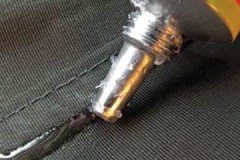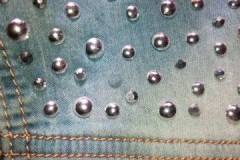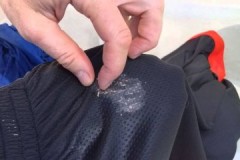Smart actions for a great result, or how to remove a sticker from clothes
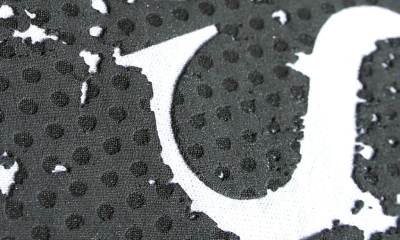 Stickers are an original decoration of clothes, but over time they become covered with a net of cracks, fade, and wear off.
Stickers are an original decoration of clothes, but over time they become covered with a net of cracks, fade, and wear off.
To improve the appearance of the item, it is worth removing the old sticker. To do this, use home remedies or special solutions from the category of household chemicals.
Before cleaning, it is necessary to determine what type of the existing sticker and the fabric itself. Choosing the right product makes removal easier and guarantees a quality result.
Content
How to remove without a trace at home?
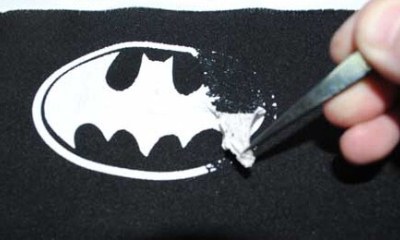 All methods of converting the pasted image are conventionally divided into three types:
All methods of converting the pasted image are conventionally divided into three types:
- mechanical,
- chemical,
- thermal.
The choice depends on the available:
- funds,
- time,
- material quality,
- the nature of the sticker itself.
If there are small traces of the drawing, then you should start with the simplest and most non-aggressive methods.... Regardless of the product used, before removing the sticker, the item must be washed in the usual way and dried. This procedure is carried out after cleansing.
It is not possible to combine thermal and chemical methods to remove the sticker at the same time!
Heat
Exposure to heat dissolves the adhesive and the base of the sticker. An iron or a hair dryer set in hot air mode helps to achieve this goal. Washing and drying at a very high temperature (over 70 degrees) also gives a similar effect.
Removal with an iron follows the following algorithm:
- The thing is laid out on the table.
- Cover the drawing with a wet napkin.
- Iron it with a hot iron.
The thermal method cannot be used on unstable fabrics such as polyesteras they can melt.
Cold
Subzero temperatures will affect the coating quality of the sticker. Under the influence of cold, the paint on the fabric begins to crumble, as a result of which it can be easily removed from the material.
The T-shirt or T-shirt is packed in a plastic bag and placed in the freezer for several hours... Then the cooled thing is laid out and the drawing is removed using a sharp object.
Scotch
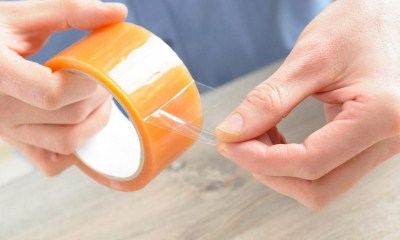 For mechanical removal of traces of paint, wide stationery tape is often used.
For mechanical removal of traces of paint, wide stationery tape is often used.
First, the thing is heated from the inside out with an iron or on a hot battery... Lay it out on a hard surface.
Then pieces of scotch tape are glued to the drawing. In this case, the adhesive tape must be gently pressed so that no bubbles or wrinkles remain. After that, the strip is removed with a sharp movement.
If paint particles remain on the fabric, repeat the procedure.... This method is ideal for small drawings, sequins. It is convenient due to its simplicity, high speed of execution, lack of thermal and chemical effects on fabric fibers.
Chemical solvents
Chemicals designed to remove different types of paint and varnish also help remove old prints. Strong reagents such as acetone, solvent, nail polish remover are used on:
- dense fabrics,
- overalls,
- outerwear.
To speed up cleaning, you can pre-wet the entire drawing with cleaning liquid, let it stand for a few minutes and then start deleting. The procedure is considered rather painstaking, but effective.
Alcohol
Alcohol-containing liquids (rubbing alcohol, vodka, alcohol-based antiseptic) act like chemical solvents.
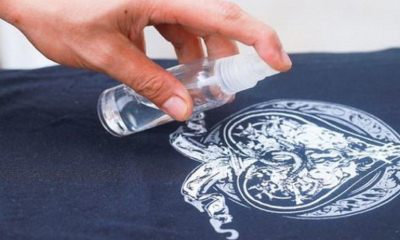 The cleansing technology is also the same:
The cleansing technology is also the same:
- the thing is straightened on the table;
- pour a little alcohol on the drawing;
- a cloth napkin or cotton pad is moistened in a reagent;
- rub the sticker, moving from edge to center.
The alcohol cleaning method is suitable for woolen, denim, knitted items.
Laundry soap
This tool is often used as an additional tool after removing paint in other ways.... The method is also suitable if the bulk of the sticker has already come off the fabric.
This method requires the usual laundry soap with a high content of fatty acids (72%) without aromatic additives.
Then the clothes are rinsed and dried. This versatile product works well for most fabrics. However, its effectiveness is slightly lower compared to its analogues.
Detergent
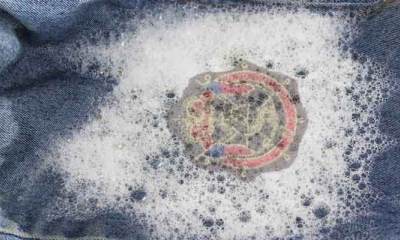 Liquid dishwashing gels are suitable as a mild cleaner. Their action is less aggressive than solvents and alcohol.
Liquid dishwashing gels are suitable as a mild cleaner. Their action is less aggressive than solvents and alcohol.
To clean the fabric, the decal is soaked in detergent and left for one to two hours.
After that, the thing is washed in the usual way (hand or machine). Repeat the cleaning if necessary. Degreasing gels help to deal with old patterns, most of which have already disappeared.
Special means
If folk methods did not help to cope with the print, you should use special liquids from the category of household chemicals. Their formula is developed taking into account the chemical composition of the adhesive and the basis of the fabric stickers.
The most popular brands include:
Goo gone
The liquid allows you to remove residues:
- glue,
- resin,
- adhesive tape
- grease stains.
The advantage of the product is the composition, which is based on citrus oils. The downside is the greasy mark, which must be removed by washing. According to the cleaning technology, the thing is first soaked in a solution of any detergent. Then Goo Gone is applied to the print area.
After a few minutes, roll up the sticker with a cotton pad. After that, the item is washed with an increased dose of washing powder. The price of one 50 ml bottle is 350 rubles on average.
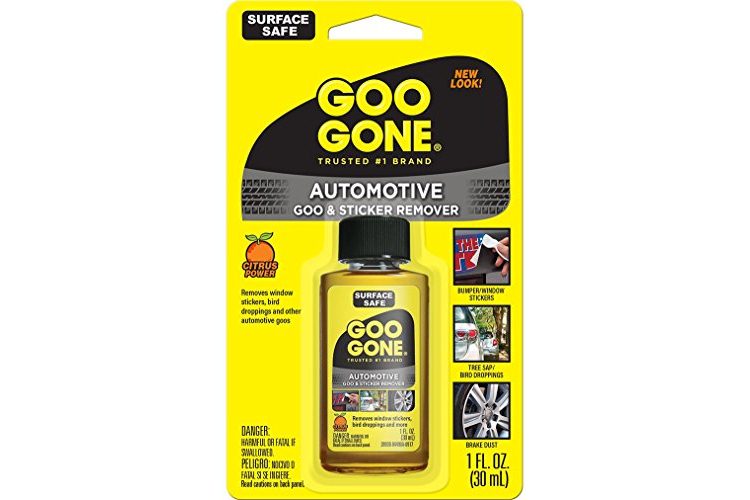
Thermoed
Spray cleaner designed to remove iron-on transfers... The product wins due to the ease of application, but loses due to the high price.
For cleaning, the solution is sprayed onto the sticker area on both sides of the fabric. Stand for 1 minute and then clean off the rest of the pattern with a napkin. The average cost of a 520 ml bottle is 1800 rubles.
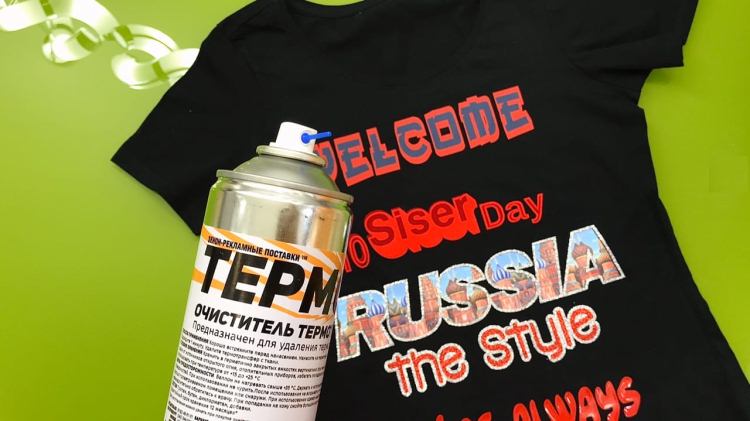
HG sticker remover
Universal tool... It is designed to remove stickers, glue marks, adhesive tape, oil and tar stains. The advantage of this solution is the absence of chlorine. Disadvantages include unpleasant odor.
The price of a 300 ml bottle averages 300 rubles.
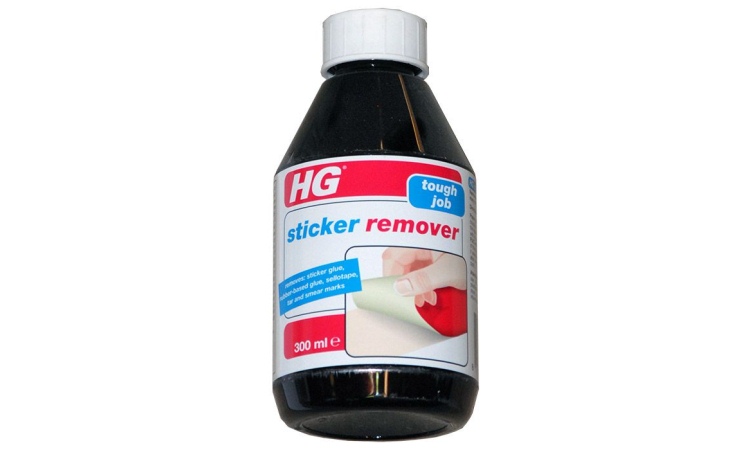
Features of removing iron-on, vinyl and others
Before removing the pasted decor, it is important to determine its character. The composition and application of the pattern can directly affect the removal method. To understand the origin of the sticker, it is necessary to study the label and consider the structure of the print.
There are several types stickers:
- thermal sticker;
- thermal printing;
- drawing on the fabric;
- vinyl print.
The thermal sticker is a complete coating through which matter does not shine through. Such an image is distinguished by a wide range of colors, smooth tint transitions.
Thermal printing has high adhesion to the substrate, as it is applied to the fabric using a heat press. Removing it from clothing is not easy. It is recommended to use special chemicals or solvents.
If the fabric shines through the drawing, then there is a high probability that it is an iron-on adhesive.
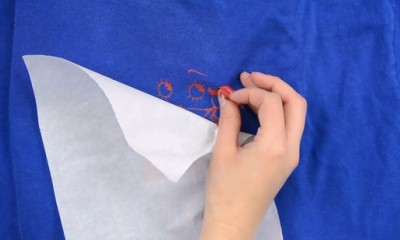 The stencil drawing is applied to the fabric in layers of paints, therefore it can withstand a large number of washes... When the image has become dilapidated, it is removed with detergents, solvents, thermal methods or special chemical solutions.
The stencil drawing is applied to the fabric in layers of paints, therefore it can withstand a large number of washes... When the image has become dilapidated, it is removed with detergents, solvents, thermal methods or special chemical solutions.
Vinyl-based stickers can be removed after exposure to high temperatures. When ironing the pasted image, put parchment paper between the iron and the napkin.
In this case, traces of paint will remain on it, and the iron will remain clean. In order to destroy the remnants of adhesive traces after the procedure, the area is additionally wiped with vinegar.
Advice
The process of removing the pasted image will be more successful if you take into account some of the nuances.
The main recommendations are as follows:
- Don't try to remove fresh stickers. They adhere very firmly to the fabric and it is difficult to remove the adhesive base.
- Before using any method, clothes must be washed and dried. Washing and drying are also mandatory after the complete destruction of traces of the image.
- Before choosing a cleaning method, you should study the composition of the fabric and the sticker itself.
- During processing, the item must lie on a horizontal surface. This will prevent the cleaning liquid from spreading.
- It is advisable to test a new means for removing the pattern first on a small, inconspicuous area of the fabric.
You can find out how to remove glue stains from clothes. here... Read about removing adhesive traces from fabric stickers. here.
Related videos
How to remove a sticker from the fabric, the video will tell you:
Conclusion
A wide range of cleaning products designed to remove print on fabrics allows you to choose the best option.
With proper use of the method, the ability to extend the life of your favorite thing is quite high.

